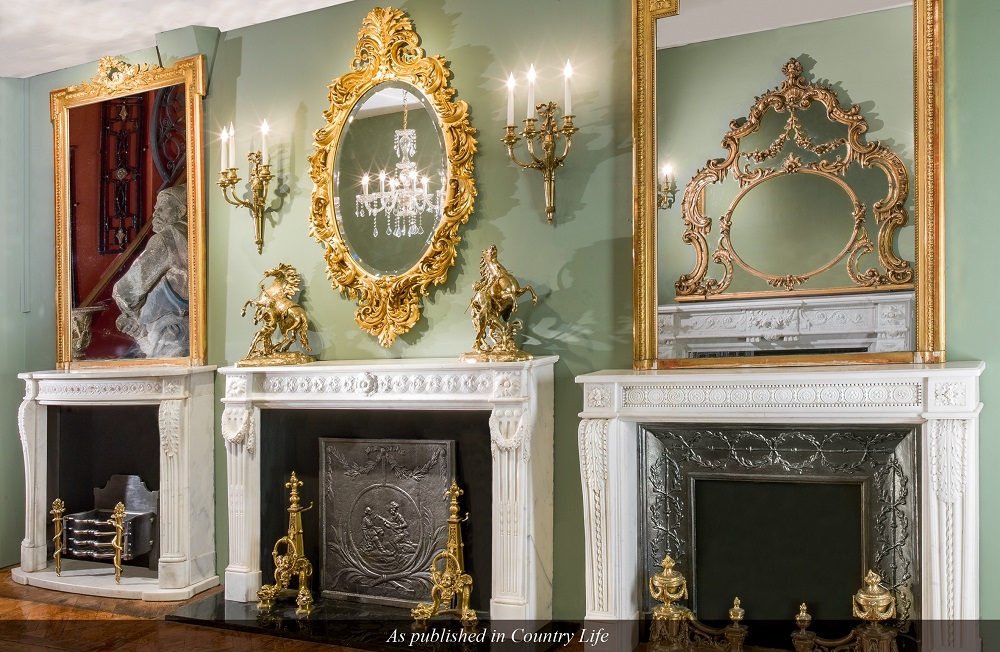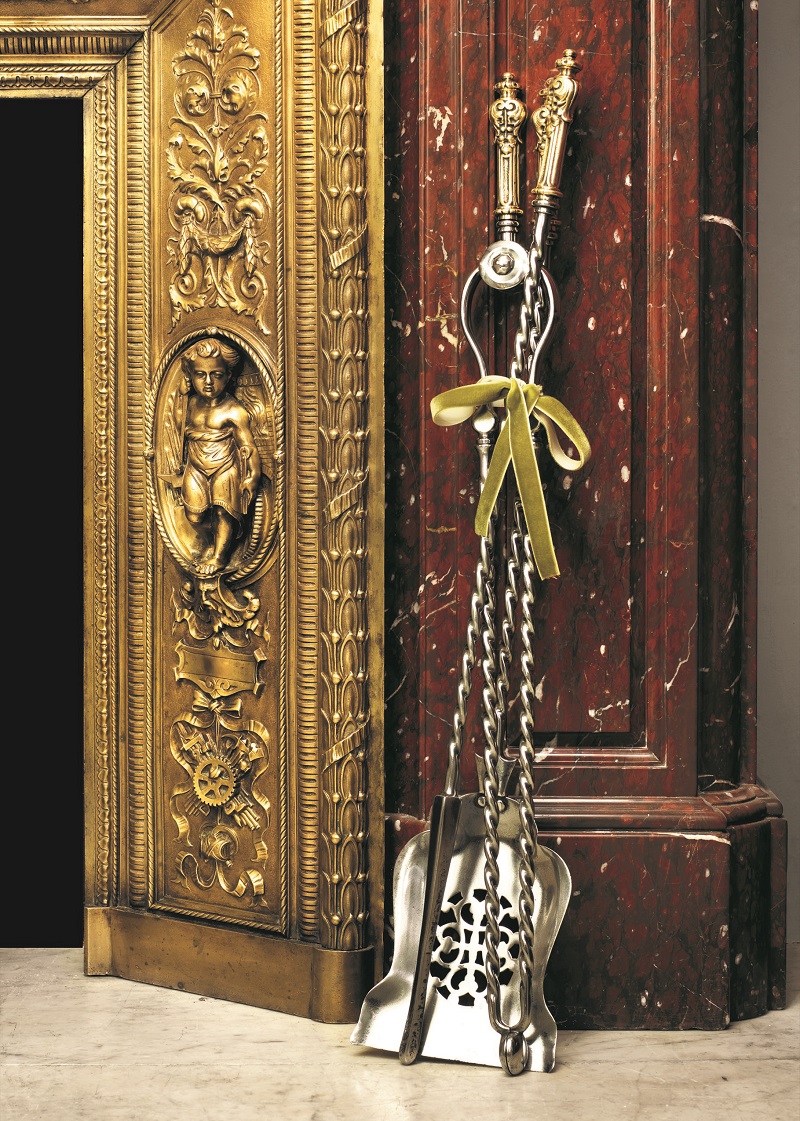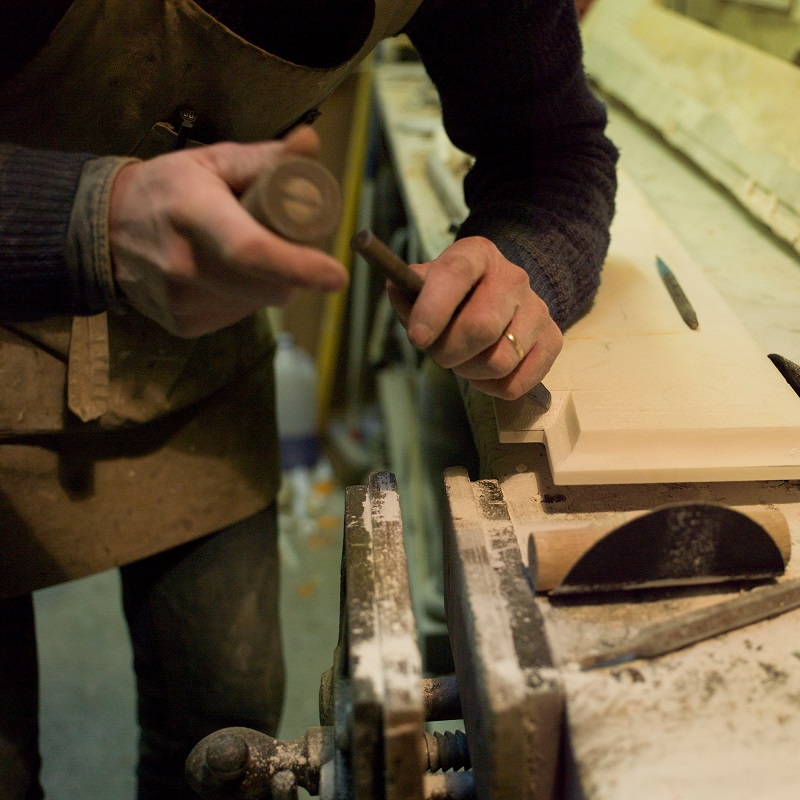Caring for antique furniture can seem like a daunting task.
A careless mistake or error made in naivety can impact both the physical condition of your beloved antique and its value.
But rest assured, there are a few simple steps you can take to preserve your precious antiques.
Transportation
Many antiques have been around for several decades and hence require love and care when being moved to prevent any costly accidents.
However trivial it may sound, you must not underestimate the importance of a fragile transit.
In fact, it’s often best to hire a professional to transport the antiques for you, especially if the items are large or heavy, such as an antique fireplace.

× 
Storage is important
The first rule of thumb is to keep antique furniture out of direct sunlight
Where you choose to store your antiques requires careful consideration to prevent unexpected damage from occurring.
The first rule of thumb is to keep antique furniture out of direct sunlight.
UV rays can cause a number of issues such as discolouring or materials drying out which may lead to fading or cracking.
However, it’s equally just as important to not place items in a dark, cold room - your antique may fall victim to moisture and mould if left in such an environment!
Where possible, try to store your items somewhere you can control the temperature and humidity of the space.
There’s a chance that rapid, varying temperature changes could cause damage to wooden antiques due to thermal expansion.
For more information about cleaning antique wood, read our blog.
Dust frequently
A duster will become your best friend when caring for antique furniture!
Frequent dusting will clear away all those cobwebs and mothballs, ensuring your antiques remain looking as good as new.
The simple swipe of a duster can also help prevent any musty smells from appearing around your furniture.
Note: use a clean, dry and soft duster or cloth to prevent any scratches or damage occurring.
Polish correctly
Avoid silicone polish as it builds up on the surface and spoils the finish of the wood
A small tub of polish can help preserve the original finish of your items and is a crucial part of caring for antique furniture.
Applying a wax polish - beeswax polish for example - can help you do this. Avoid silicone polish as it builds up on the surface and spoils the finish of the wood.
Using a clean and lint free cloth, rub the polish in the direction of the grain of the item.
When you start to see the wax shine on the surface, well done! - you need not apply any more.
The final step is to buff the wax with a clean, dry towel. Make sure the wax has fully dried first – depending on the material and amount used, this could take anywhere between an hour and a couple of days.
Make sure you’re confident before attempting to polish your antique furniture; dullness, smudging and bad streaks can occur when applied incorrectly.
It’s also important to not apply wax too often. Once or twice a year is the usual recommendation, however all materials are different so make sure you do your research.
It goes without saying that if you’re in any doubt whatsoever, your best port of call is to contact an antiques expert or professional restorer.
Regular inspections
Common culprits to look out for include dust, mothballs, mould, water damage, loose joints and woodworm holes
Caring for antique furniture calls for routine inspections!
Frequently inspecting your items (and knowing what to look out for) will help you spot any signs of wear and tear at their earliest stage.
This gives you a head start on fixing any issues before it becomes too late and the real damage is done.
Note: common culprits to look out for include dust, mothballs, mould, water damage, loose joints and woodworm holes.

× 
Calling an expert when issues arise
An antiques restorer will likely have access to tools and workshop space that aren’t available to most
If you do come across an issue with your antique furniture, such as woodworm, even if you think you know how to fix it there’s no harm in getting an expert’s opinion.
What might seem like a quick fix could be the start of a bigger problem which requires professional attention - especially if the antique is expensive or has high sentimental value!
An antiques restorer will likely have access to tools and workshop space that aren’t available to most.
Crucially, there is peace of mind knowing your antiques are in safe hands.

× 
Have a look at an exciting restoration project we undertook involving a Regency urn made from grogged terracotta.
Caring for antique furniture: conclusion
Hopefully after reading this you’re feeling slightly less anxious at the thought of having to care for your antique furniture.
Taking the time to dust, polish and regularly inspect your items can make the world of difference in keeping your antiques safe and well.
Always remember that there’s no shame in calling upon a professional antique restorer if you’re not 100% certain or a bigger problem occurs.
It’s never worth the risk of chancing further, potentially unfixable, damage through unwillingness to get an expert involved!
Visit us at our Willesden Green showroom or get in contact with us if you have any further questions regarding your antiques and we’ll be happy to help.